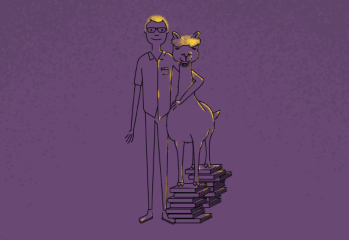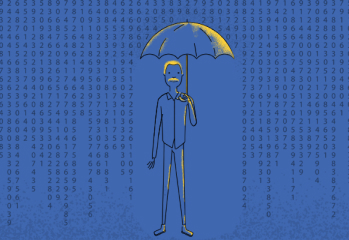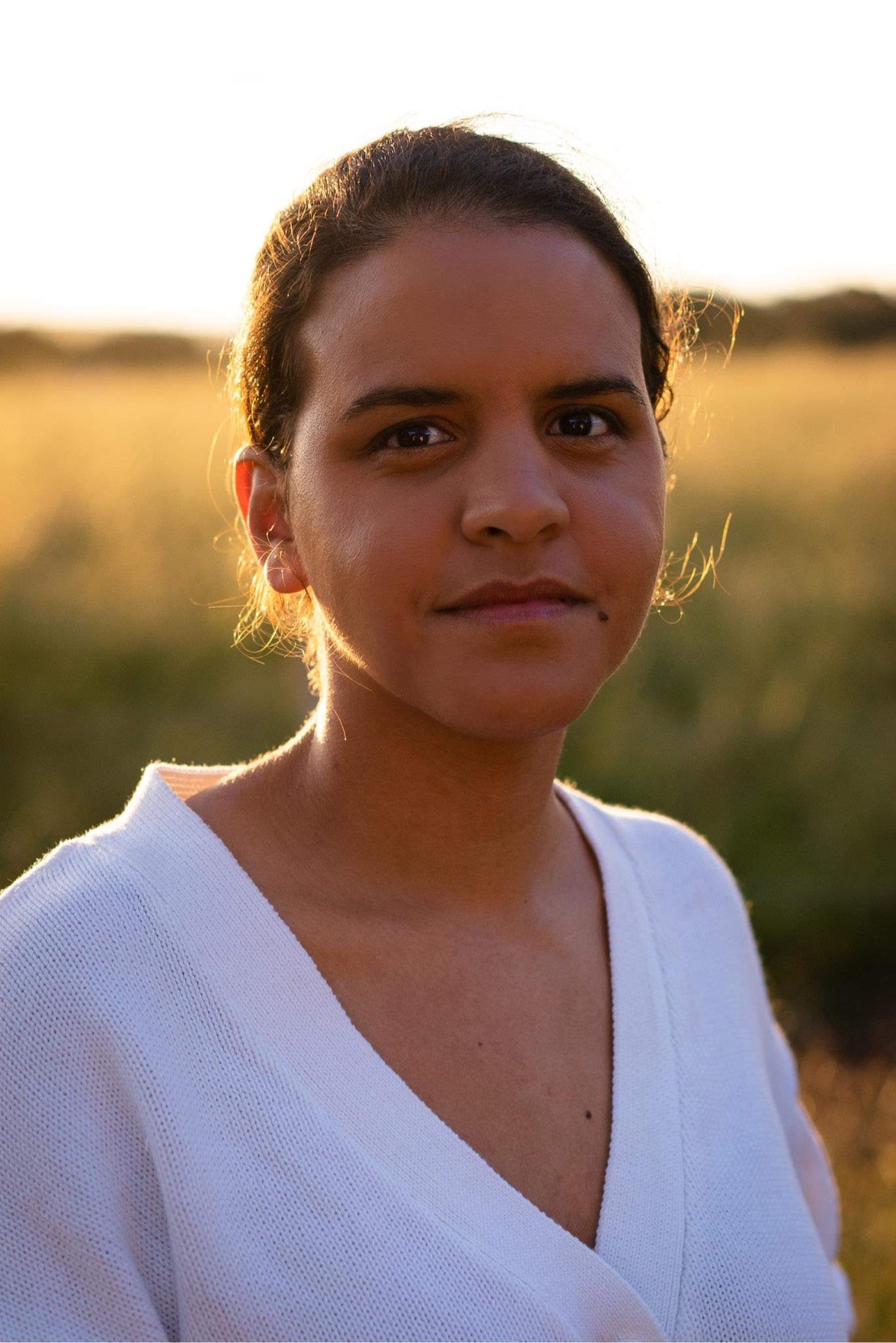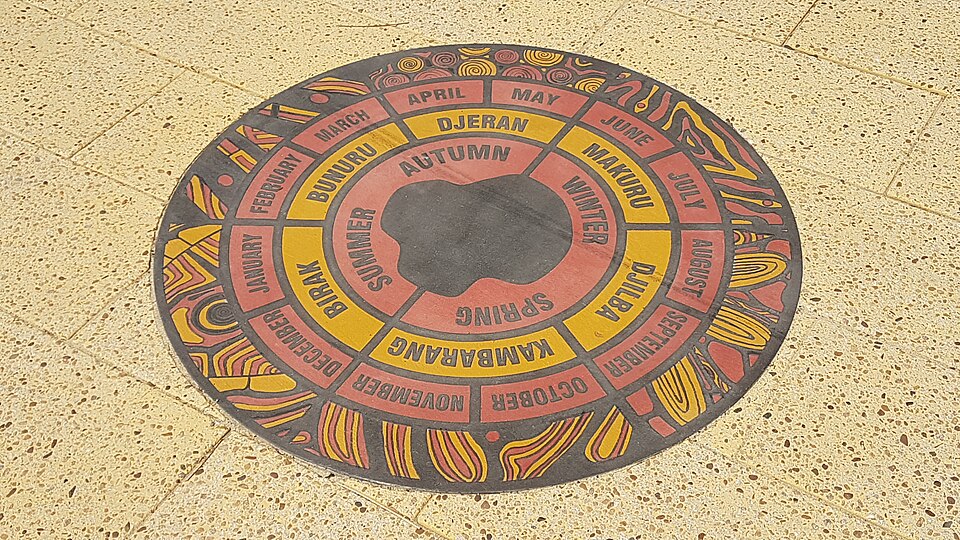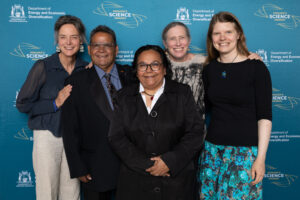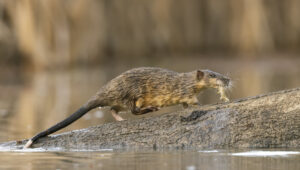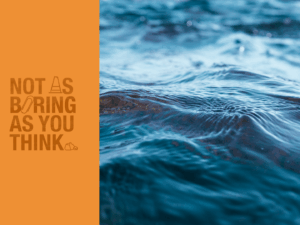We are easing from spring to summer. As we ease further into summer, the weather gets warmer, young birds begin to test out their wings and reptiles shed their skins.
These observations will signal that, on Whadjuk Noongar boodja, it is Birak.
“[Noongar] seasons aren’t based on a calendar, they’re based on observation,” says Noongar leader Derek Nannup.
Derek is a Department of Biodiversity, Conservation and Attractions (DBCA) Eco Education Officer. He runs Noongar culture, cave and eco tours at Yanchep National Park.
“If we see flying ants, we know a fishing season might be starting,” says Derek. “If a certain flower flowers, it tells us we can eat a certain animal.”
Seasons are central to Noongar culture, determining hunting and travelling patterns.
So, what are the Noongar seasons?
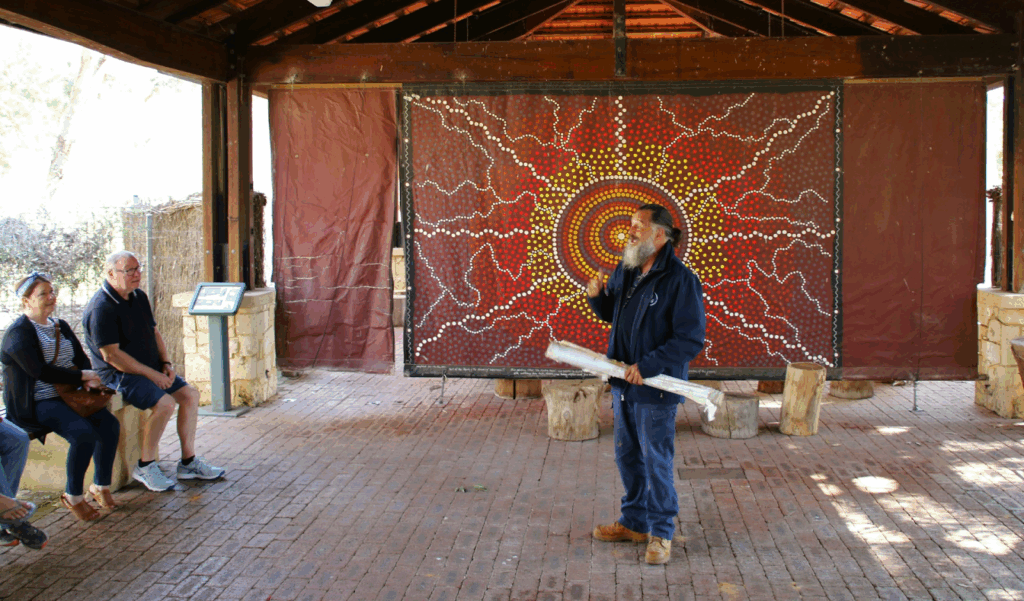
Credit: Supplied DBCA
BIRAK
Birak – the season of youth – is hot and dry. Young birds fly the nest and reptiles shed their skins.
This December to January period is when Noongar people would burn Country.
“There’s a strong breeze that pushes the fire quickly, and that creates the cold flood. What that does is burn the undergrowth but not the top of the trees,” says Derek.
“Then the sea breeze would burn that fire back on itself. And at night, it’s really cold. What that does is put the embers out.”
BUNURU
Bunuru is the hottest and driest time of year. February to March is also known as the season of adolescence.
Flowering gums become covered in beautiful white blossoms.
“In Bunuru and Djeran, the water holes start to dry up, so we would have started to make our way to the coast, rivers and lakes, where there’s plenty of water,” says Derek.
“Along the coast, we’d have more fish.”
DJERAN
April and May bring a cool change, when the season of adulthood arrives.
Djeran’s cool, dewy nights provide relief from Bunuru.
Banksias and red flowering gums are on full display at this time.

Credit: Tatters/Wikimedia Commons
MAKURU
During Makuru – the fertility season – temperatures are cold and it’s wet and stormy.
Kangaroos graze and black swans prepare to nest and breed.
“In Makuru, we’d head in to the lakes,” says Derek. “Water birds lose their feathers so they’re easy to catch. Hunt smarter, not harder!”
DJILBA
Djilba usually occurs across August and September.
During Djilba, one can expect a mixture of warm, wet days and clear, cold nights.
Native animals commonly mate during this time.
“The little wrens, at this time of the year, the males will go bright blue, and we know the mating season is coming in for them,” says Derek.
“At the moment, there’s a whole pile of little orchids starting to come out and flower.”
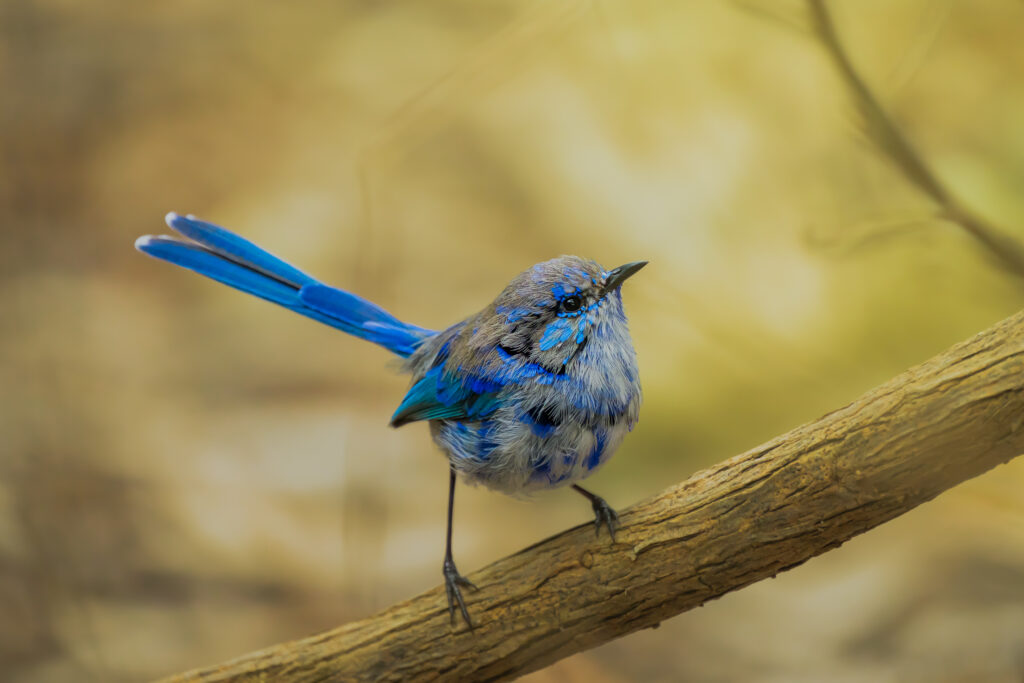
Credit: Hideaki Edo/Getty Images
KAMBARANG
Throughout October and November, Kambarang – the season of birth – takes hold.
Animals give birth and there are longer dry periods. Bushlands display colourful flora and reptiles start to wake from hibernation.
Traditionally, Noongar people would begin their journey for water during this time.
“In Kambarang, you would go back to the hills because those water holes would have been refilled,” says Derek.
LEARNING FROM THE NOONGAR SEASONS
Derek has noticed a shift in ‘Western’ science learning and listening to Noongar culture and science, including Noongar seasons.
The seasons provide insight to biodiversity, plant life cycles, wildlife behaviour, weather patterns and climate change impacts.
They also help to guide burning land.
“They’ve realised when you burn off the land, it keeps the fire fuel level low, so that when fires do happen, they’re not hot flames and don’t destroy seeds,” says Derek.
Today, the seasons remain important to track environmental patterns, deeply rooted in and responsive to Country.
